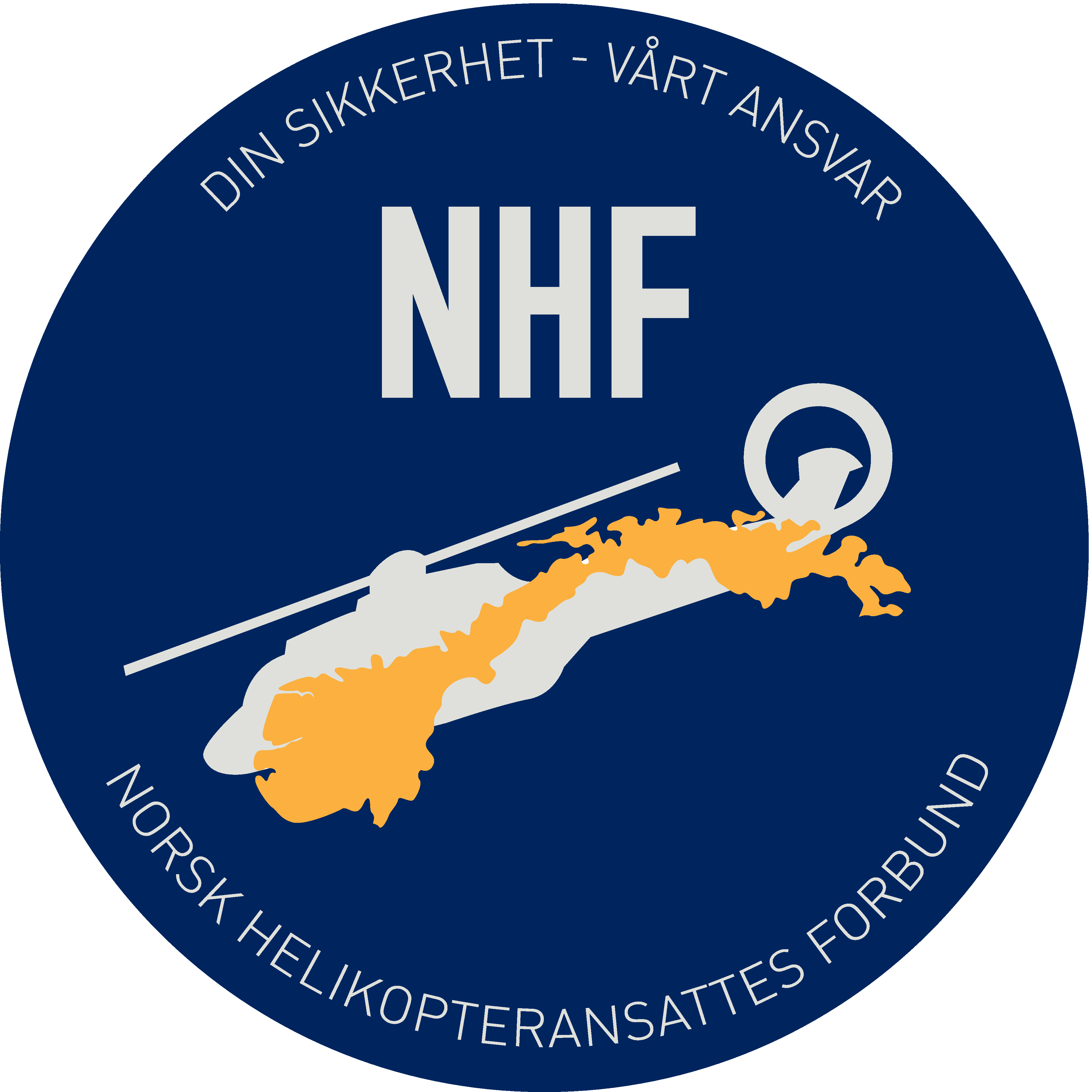I forrige utgave av Safety tok vi for oss hvilke typer flytekniske sertifikater som finnes. Denne gangen skal vi se nærmere på definisjoner i forbindelse med arbeidet man skal gjøre.
Det er vanskelig å trekke 100% rigide linjer mellom hva man eksempelvis kan gjøre med enten B1 eller B2 privilegier. EASA har derfor utarbeidet en del definisjoner for å hjelpe oss å forstå forskjellene.
Regelverket beskriver derfor følgende viktige definisjoner relatert til flytekniske sertifikater og arbeidet som skal utføres:
(GM 66.A.20(a))
“1. The following definitions apply:
Electrical system means the aircraft electrical power supply source, plus the distribution system to the different components contained in the aircraft and relevant connectors. Lighting systems are also included in this definition. When working on cables and connectors which are part of these electrical systems, the following typical practices are included in the privileges:
* Continuity, insulation and bonding techniques and testing;
* Crimping and testing of crimped joints;
* Connector pin removal and insertion;
* Wiring protection techniques.
Avionics system means an aircraft system that transfers, processes, displays or stores analogue or digital data using data lines, data buses, coaxial cables, wireless or other data transmission medium, and includes the system’s components and connectors. Examples of avionics systems include the following:
* Autoflight;
* Communication, Radar and Navigation;
* Instruments (see NOTE below);
* In Flight Entertainment Systems;
* Integrated Modular Avionics (IMA);
* On-Board Maintenance Systems;
* Information Systems;
* Fly by Wire Systems (related to ATA27 ‘Flight Controls’);
* Fibre Optic Control Systems.
NOTE: Instruments are formally included within the privileges of the B2 licence holders. However, maintenance on electromechanical and pitot-static components may also be released by a B1 license holder.
Simple test means a test described in approved maintenance data and meeting all the following criteria:
* The serviceability of the system can be verified using aircraft controls, switches, Built-in Test Equipment (BITE), Central Maintenance Computer (CMC) or external test equipment not involving special training.
* The outcome of the test is a unique go – no go indication or parameter, which can be a single value or a value within an interval tolerance. No interpretation of the test result or interdependence of different values is allowed.
* The test does not involve more than 10 actions as described in the approved maintenance data (not including those required to configure the aircraft prior to the test, i.e. jacking, flaps down, etc, or to return the aircraft to its initial configuration). Pushing a control, switch or button, and reading the corresponding outcome may be considered as a single step even if the maintenance data shows them separated.
Troubleshooting means the procedures and actions necessary, using approved maintenance data, in order to identify the root cause of a defect or malfunction. It may include the use of BITE or external test equipment.
Line maintenance means any maintenance that is carried out before flight to ensure that the aircraft is fit for the intended flight. It may include:
* trouble shooting;
* defect rectification;
* component replacement with use of external test equipment, if required. Component replacement may include components such as engines and propellers;
* scheduled maintenance and/or checks including visual inspections that will detect obvious unsatisfactory conditions/discrepancies but do not require extensive in depth inspection. It may also include internal structure, systems and powerplant items which are visible through quick opening access panels/doors;
* minor repairs and modifications which do not require extensive disassembly and can be accomplished by simple means;
* for temporary or occasional cases (Airworthiness Directives, hereinafter AD; service bulletins, hereinafter SB) the quality manager may accept base maintenance tasks to be performed by a line maintenance organisation provided all requirements are fulfilled. The Member State will prescribe the conditions under which these tasks may be performed.
Base Maintenance means any task falling outside the criteria that are given above for Line Maintenance.
NOTE:
Aircraft maintained in accordance with ‘progressive’ type programmes need to be individually assessed in relation to this paragraph. In principle, the decision to allow some ‘progressive’ checks to be carried out is determined by the assessment that all tasks within the particular check can be carried out safely to the required standards at the designated line maintenance station.
2. The category B3 licence does not include any A subcategory. Nevertheless, this does not prevent the B3 licence holder from releasing maintenance tasks typical of the A1.2 subcategory for piston-engine non-pressurized aeroplanes of 2 000 kg MTOM and below, within the limitations contained in the B3 licence.
3. The category C licence permits certification of scheduled base maintenance by the issue of a single certificate of release to service for the complete aircraft after the completion of all such maintenance. The basis for this certification is that the maintenance has been carried out by competent mechanics and category B1, B2 and B3 support staff, as appropriate, have signed for the maintenance tasks under their respective specialisation. The principal function of the category C certifying staff is to ensure that all required maintenance has been called up and signed off by the category B1, B2 and B3 support staff, as appropriate, before issue of the certificate of release to service. Only category C personnel who also hold category B1, B2 or B3 qualifications may perform both roles in base maintenance.”


